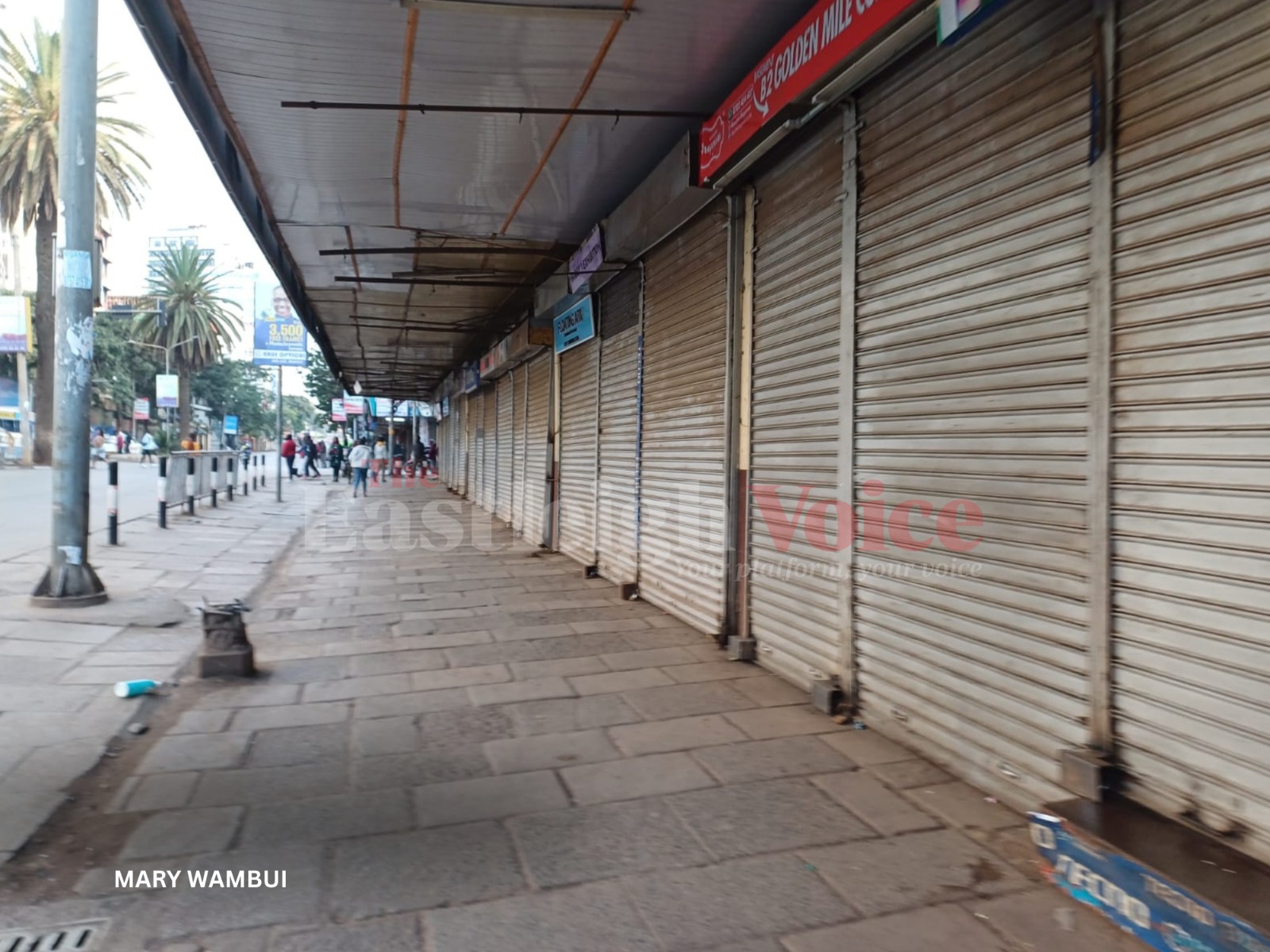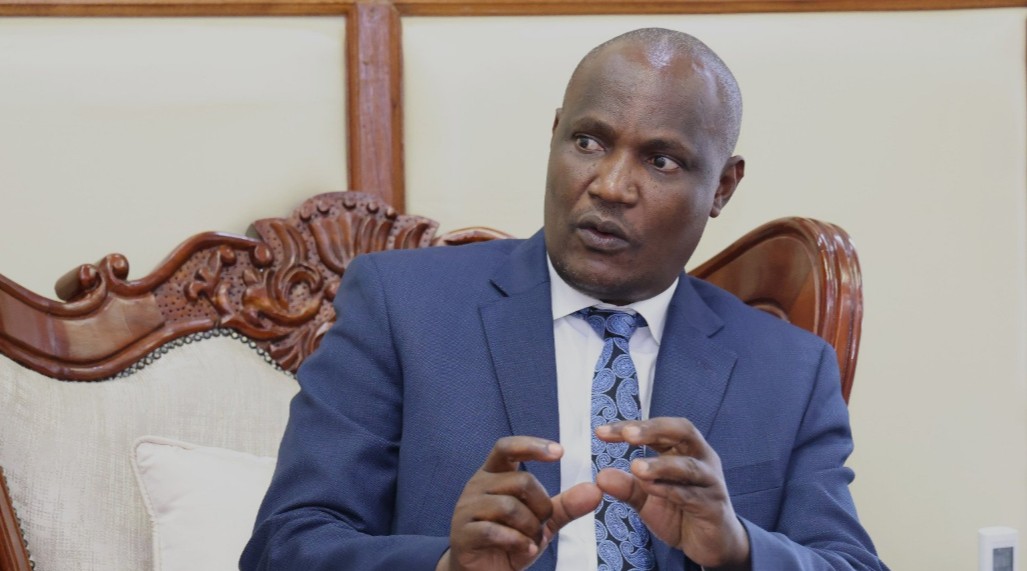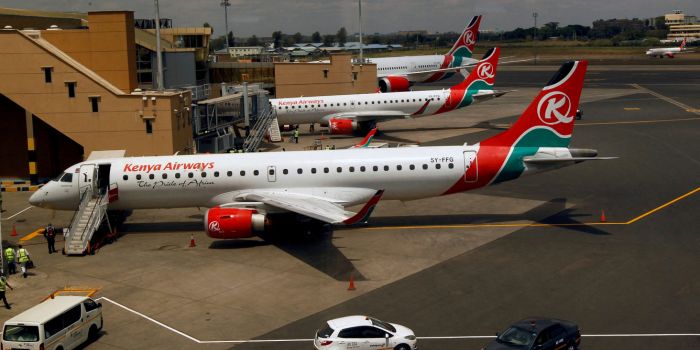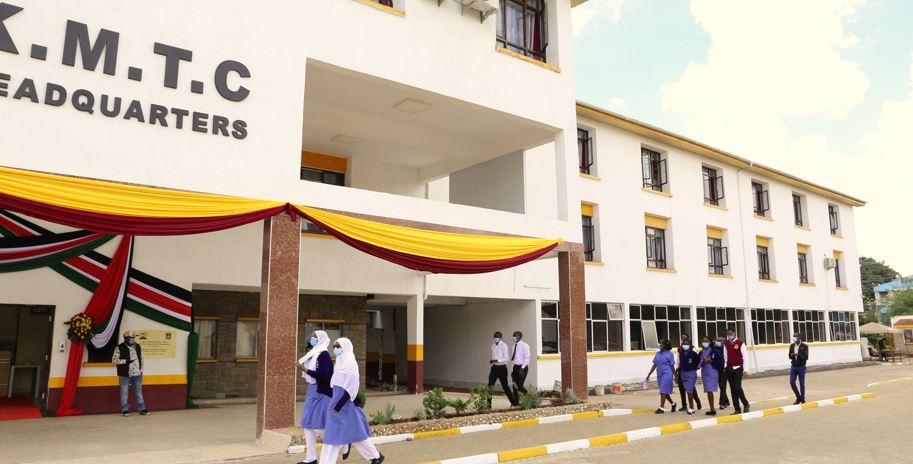June sees deepening slump in Kenya’s private sector following protests, weak consumer spending

The downturn follows a seven-month streak of growth that began in October last year to April this year, signalling a notable shift in economic momentum.
Private sector business conditions in the country weakened further in June, marking the second consecutive monthly decline, according to the latest sectoral barometer.
The downturn follows a seven-month streak of growth that began in October last year to April this year, signalling a notable shift in economic momentum.
More To Read
- Kenya’s Q1 growth steady at 4.9 per cent despite service sector slowdown
- CS William Kabogo defends media shutdown during June 25 protests, says ‘it was to shield children’
- DCI grills Rigathi Gachagua's allies over June 25 protests
- Loan interest rates drop as CBK moves to scrap risk-based pricing
- Saba Saba: Protests loom on July 7 as lobby issues Ruto fresh demands
- DCI claims missing blogger Ndiangui Kinyagia incited public to occupy State House
The Stanbic Bank Kenya Purchasing Managers' Index (PMI), which gauges the level of private sector activities, fell below the 50.0 neutral mark to stand at 48.6.
This is down from 49.6 in May, signalling a modest decline in business conditions that was the sharpest in 11 months.
The 49.6 marked a decline from April's 27-month high of 52.0.
Readings above 50.0 signal an improvement in business conditions from the previous month, while readings below 50.0 show a deterioration.
The slowdown is attributed to a combination of declining customer spending, persistent economic headwinds and operational disruptions stemming from the recent protests.
“The downturn was compounded by a steeper fall in new orders, with over one-third of surveyed businesses reporting reduced sales intakes, compared to only 20 per cent noting an expansion,” the PMI report reads.
“Firms consistently cited difficult conditions for clients as the main factor behind diminishing new business.”
Despite the headwinds, surveyed firms displayed increased optimism about future prospects, as sentiment levels reached their highest since May 2024.
Approximately 18 per cent of the respondents expressed confidence in their ability to boost output over the next year, citing expectations of improved sales and market expansion.
The optimism represented a marked improvement from the muted sentiment levels recorded earlier in the year.
Employment conditions were also a bright spot, with staffing levels rising for the fifth consecutive month, albeit only marginally.
Companies also reported improved vendor performance, with delivery times shortening to the greatest extent in nearly two years, driven by intense competition and reduced road congestion.
However, some respondents noted delays due to port clearance issues and material shortages.
Nevertheless, firms showed increased stockpiling activity in the month under review, with inventory levels rising at the strongest pace since October 2022, reflecting both optimistic demand expectations and strategic purchasing amid favourable material prices.
However, purchasing activity continued to decline, with the month recording the steepest contraction since July 2024.
This is because businesses adjusted their buying patterns in response to softer sales trends.
On the price front, businesses faced greater cost pressures, with input price inflation accelerating to its highest level since January.
Quicker inflation was primarily attributed to rising salary burdens, while purchase price inflation moderated to a four-month low.
Meanwhile, output prices rose only modestly as companies balanced cost recovery with efforts to maintain their customer base amid challenging market conditions.
Top Stories Today












































